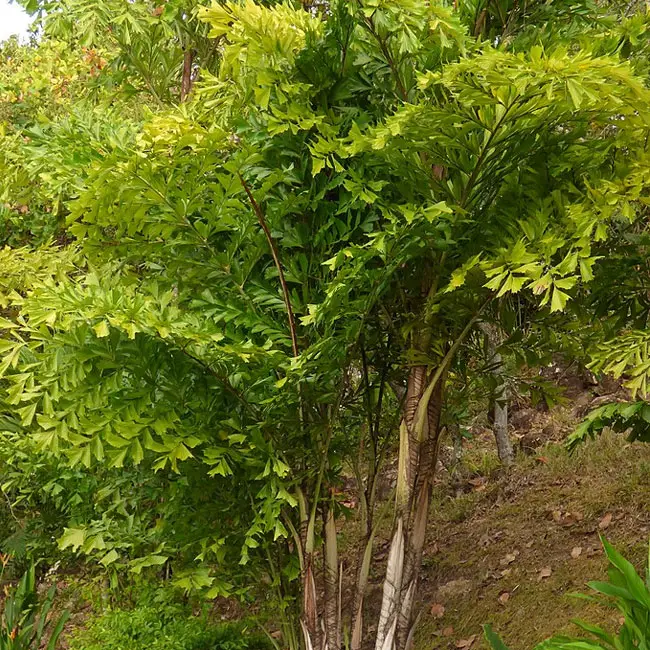
The Fishtail Palm Tree (Caryota mitis) is native to Southeast Asia, including regions in countries such as India, Malaysia, Indonesia, and the Philippines.
It thrives in tropical and subtropical climates and is commonly found in rainforests and lush, humid environments within its native range.
This palm has also been introduced and cultivated in various other tropical and subtropical regions around the world due to its ornamental value.
Notably, the Fishtail Palm exhibits cold hardiness down to 15°F (-9°C), making it suitable for cultivation in states such as Alabama, Arizona, Arkansas, California, Georgia, Louisiana, Mississippi, Nevada, Oregon, and Texas.
Quick Facts:
| Scientific name: | Caryota mitis |
| Common names: | Fishtail Palm, Clustered Fishtail Palm. |
| Origin: | Native to Southeast Asia and India. |
| Growth Rate: | Moderate. Up to 15 – 20 ft tall and 5-10 ft wide. |
| Cold Tolerance: | USDA zones 10b (35 to 40 F) to 11 (above 40 F). |
| Light Req: | Full sun to partial shade |
| Water Req: | Moderate |
| Soil Req: | Widely adaptable |
| Fruit: | Yes. Dark red to black. Not edible. |
| Propagation: | By seed, germinating in 3-4 months. |
Fishtail Palm Appearance
The Fishtail Palm is known for its slender trunk, bipinnate fronds resembling fishtails, and the distinctive arrangement of its leaflets. Its overall aesthetic, enhanced by its lush green foliage, adds a touch of tropical elegance to outdoor spaces.
Trunk: The Fishtail Palm typically features a solitary, slender trunk that can reach heights of up to 25 to 30 feet (7.6 to 9 meters). The trunk is often ringed with the scars of old fronds, creating a textured and interesting visual effect. In some specimens, the trunk may lean slightly, adding to its charm.
Leaves (Fronds): The most striking feature of the Fishtail Palm is its unique fronds. These fronds are bipinnate, meaning they are doubly divided, resembling the tails of fish, which gives the palm its common name. Each frond consists of a central stem with numerous leaflets arranged in a fishbone-like pattern. These leaflets are typically dark green and deeply serrated, creating a lush and feathery appearance.
Crown: At the top of the trunk, the Fishtail Palm forms a dense and rounded crown of fronds. This crown is particularly eye-catching due to the distinctive shape and arrangement of the fronds. As new fronds emerge, they unfold in a way that adds to the palm’s overall elegance.
Fishtail Palm Flowers and Fruits
The Fishtail Palm produces small and inconspicuous flowers as part of its reproductive cycle. These flowers are typically clustered on branched inflorescences that can vary in length but are generally longer than the leaves.
While the flowers themselves may not be large or showy, the branching inflorescences can add an interesting architectural element to the overall appearance of the palm when they emerge.
Following successful pollination, the Fishtail Palm produces clusters of relatively small, round, and fleshy fruits, typically measuring around 1 to 1.5 inches (2.5 to 3.8 centimeters) in diameter when fully developed.
These fruits are initially green in color when they first form. As they ripen, they can undergo a transformation, changing from green to shades of orange or red. The transition in fruit color adds an intriguing and visually appealing element to the palm’s overall appearance.
Inside these fruits, there may be seeds. These seeds can be dispersed by various means, including wildlife, aiding in the natural propagation of the Fishtail Palm.
While the flowers are not the palm’s primary ornamental feature, the changing colors of the fruits contribute to its overall attractiveness and uniqueness in a garden or landscape setting.
How To Care For Fishtail Palm
Caring for the Fishtail Palm involves providing adequate sunlight, well-draining soil, and appropriate watering practices. Keeping an eye out for potential pest issues, minimal pruning, and occasional fertilization will help these palms flourish in your outdoor landscape.
Light: Fishtail Palms prefer a location that receives bright, indirect sunlight. While they can tolerate partial shade, providing them with ample light is essential for their robust growth and lush fronds.
Soil: Well-draining soil is crucial for these palms. They thrive in sandy or loamy soils that allow water to pass through easily, preventing waterlogged conditions that can harm their roots.
Watering: Fishtail Palms require consistent and regular watering to maintain adequate soil moisture levels. However, it’s crucial not to overwater, as they are sensitive to waterlogged conditions. Allowing the top layer of soil to dry out slightly between watering sessions is advisable.
Temperature: Fishtail Palms flourish in warm and tropical climates, with temperatures ranging between 65°F to 85°F (18°C to 29°C) being ideal. While they can tolerate brief periods of cooler weather, protecting them from frost is necessary to prevent damage to their fronds and overall well-being.
Pruning: Pruning should be minimal and primarily focused on removing dead or yellowing fronds to maintain the palm’s appearance and health. Excessive pruning can stress the palm and hinder its growth.
Fertilization: Fishtail Palms benefit from occasional fertilization during the growing season, typically in spring and summer. A balanced, slow-release palm fertilizer can provide them with essential nutrients for healthy growth.
Pest and Disease Management: While generally hardy, it’s wise to monitor Fishtail Palms for potential pest issues, such as scale insects or mealybugs. Timely treatment with appropriate measures, such as insecticidal soap, can address such problems.
Ensuring proper drainage in the soil helps prevent root rot, a potential issue when soil retains too much water.
Fishtail Palm Propagation
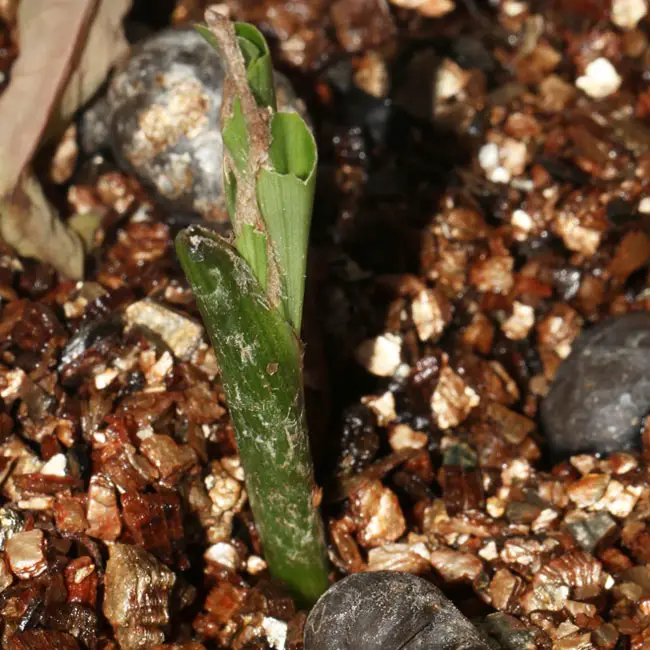
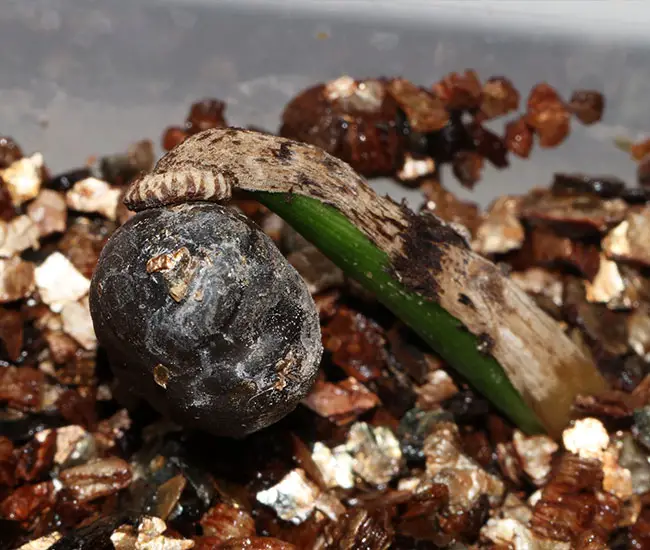
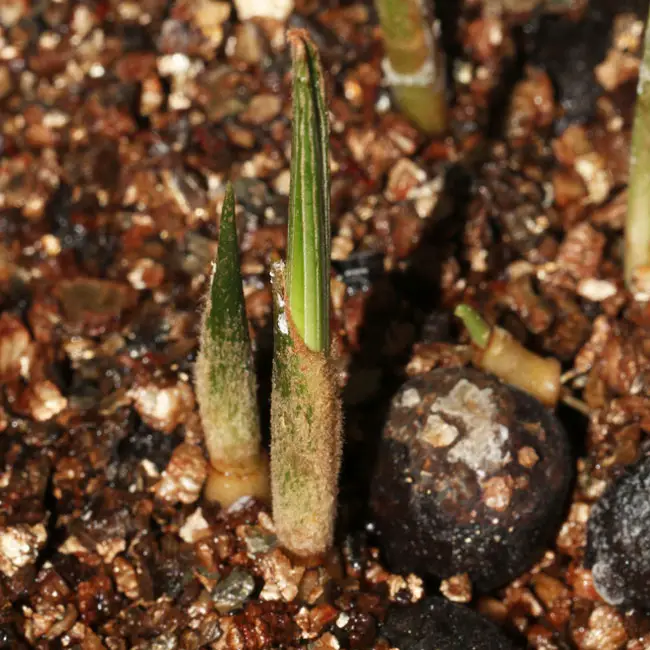
The Fishtail Palm is propagated by seed and can also be propagated by division of clumps and separation of suckers from the parent clump.
Propagation of Fishtail Palms from seeds is a reliable but slow process. Patience is essential during this propagation method, as the palms require significant time to reach maturity.
Seed Collection: It begins with the collection of fresh seeds from mature palms. These seeds are typically encased within fleshy fruits, which turn from green to vibrant shades of orange or red when ripe. Extracting the seeds from the fruits is the initial step.
Seed Cleaning: Once collected, the seeds need to be cleaned meticulously to remove any residual fruit flesh. After cleaning, they are ready for planting.
Planting: Planting the seeds involves placing them at a depth of approximately half an inch to an inch in well-draining soil or a suitable potting mix. Adequate spacing between seeds is essential to allow for growth.
Germination: Germination of Fishtail Palm seeds can be a variable process, with the timeframe depending on environmental conditions. During this phase, it is important to maintain consistent soil moisture without overwatering. Providing a warm and humid environment can encourage successful germination.
Transplanting: When the seedlings reach an appropriate size, they can be transplanted into individual pots or directly into an outdoor location. The chosen planting area should mimic the care requirements of mature Fishtail Palms.
Growth and Care: As the seedlings grow, they require attention to lighting, soil quality, and watering, much like mature palms. Over time, the seedlings will develop into fully grown Fishtail Palms, adding their unique and elegant appearance to your outdoor landscape.
Fishtail Palm Pictures
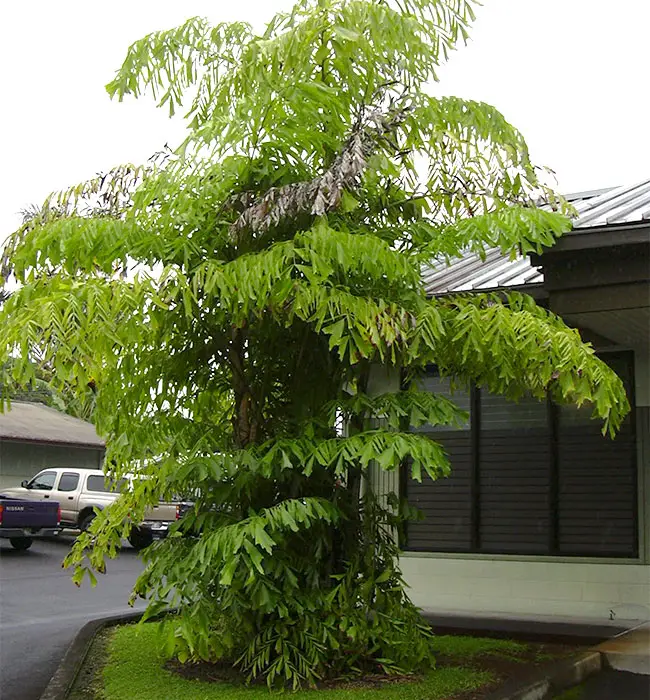
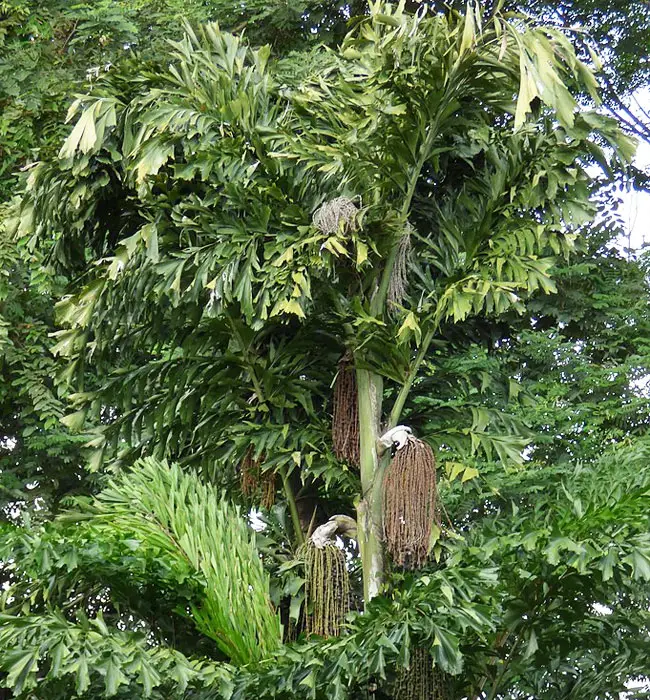
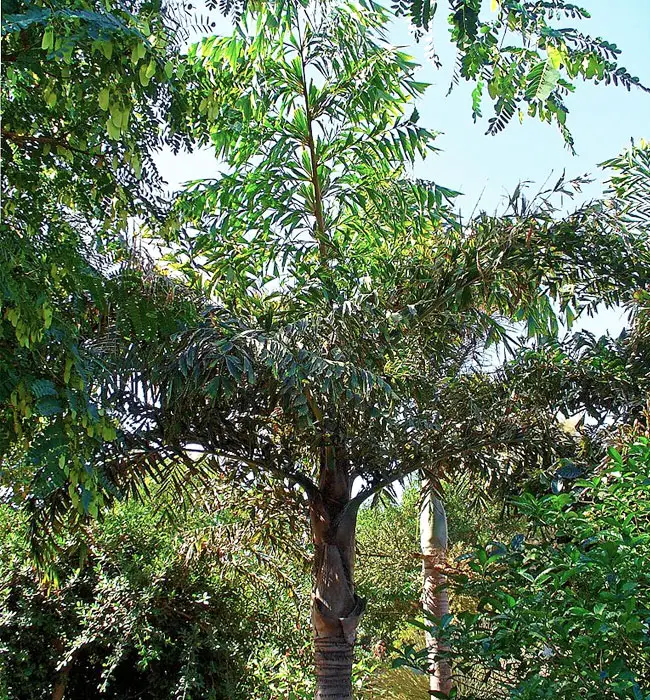
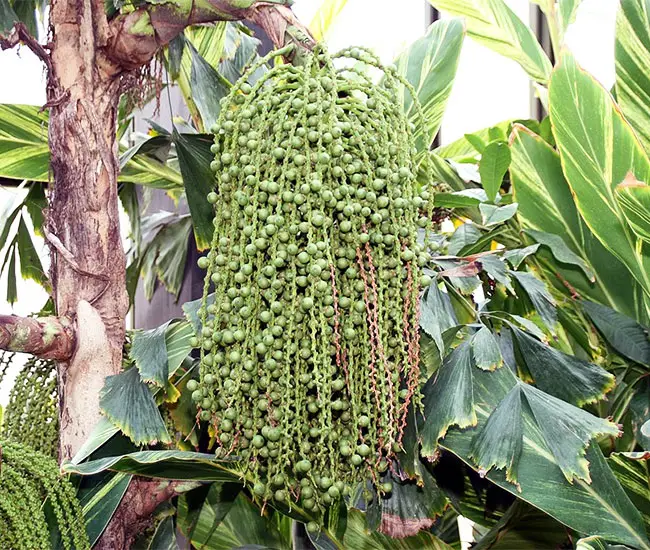

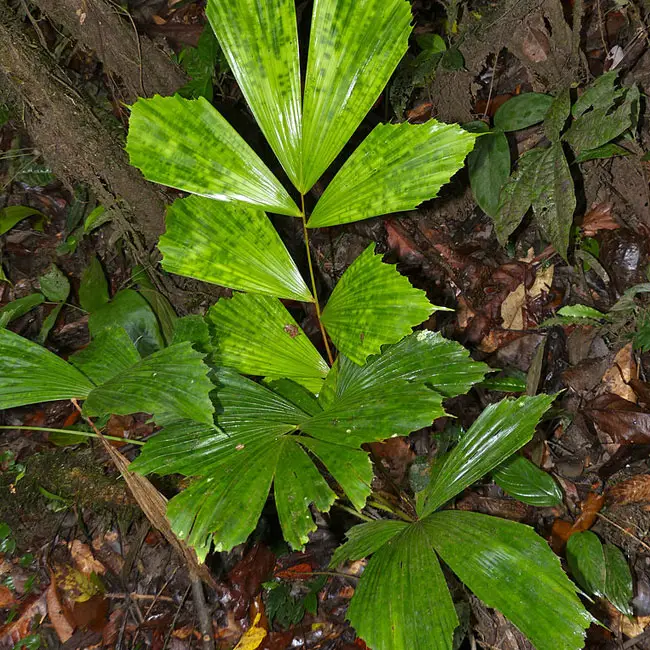
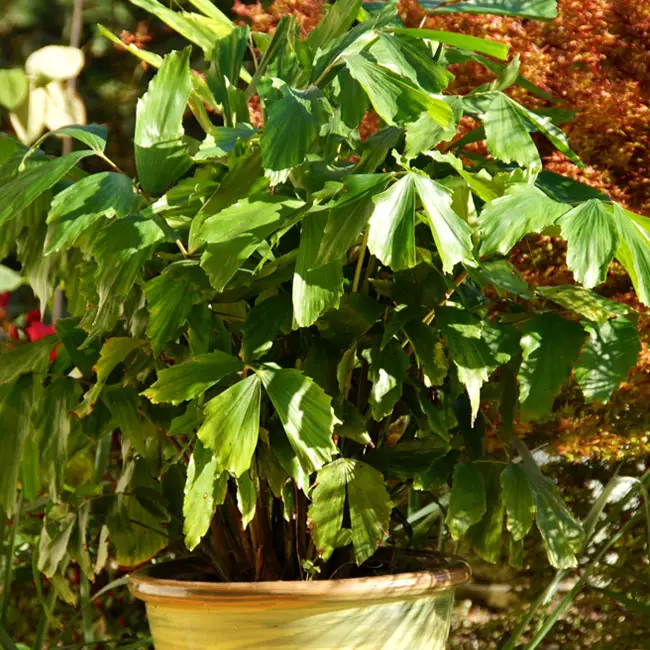
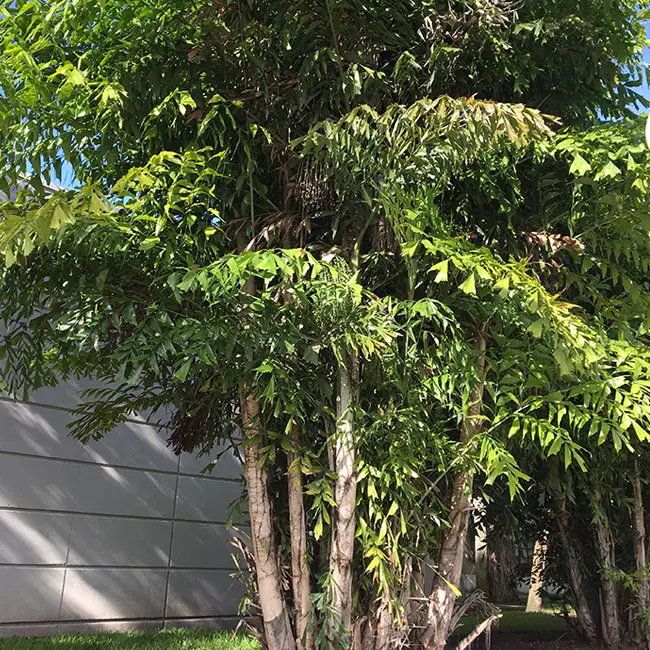
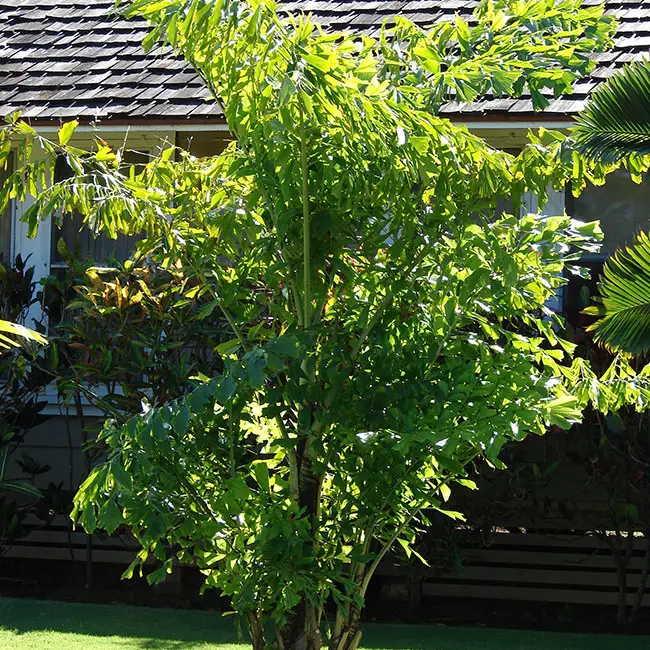
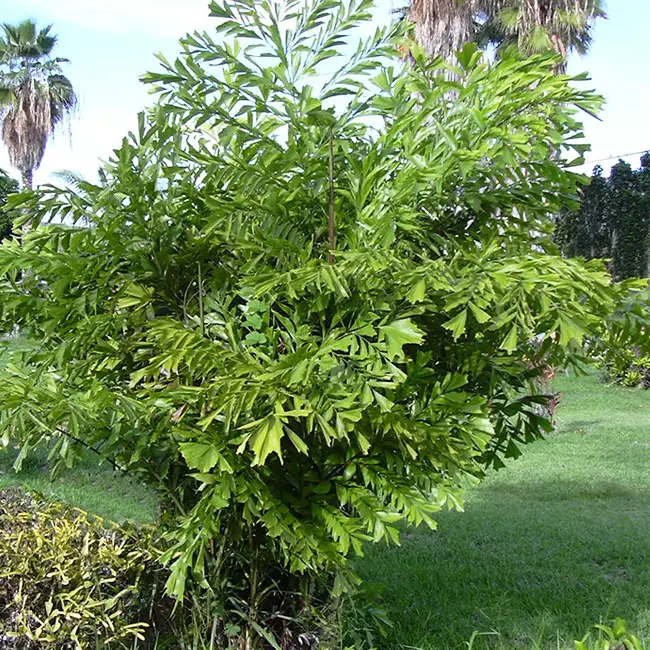

“Cold hardy down to 15F” is NOT true. We had 4 hours at 29F here in FL last week and it caused major damage to our fishtails. Hopefully they will survive.
My fish tail palm is ugly, how do I trim it up?